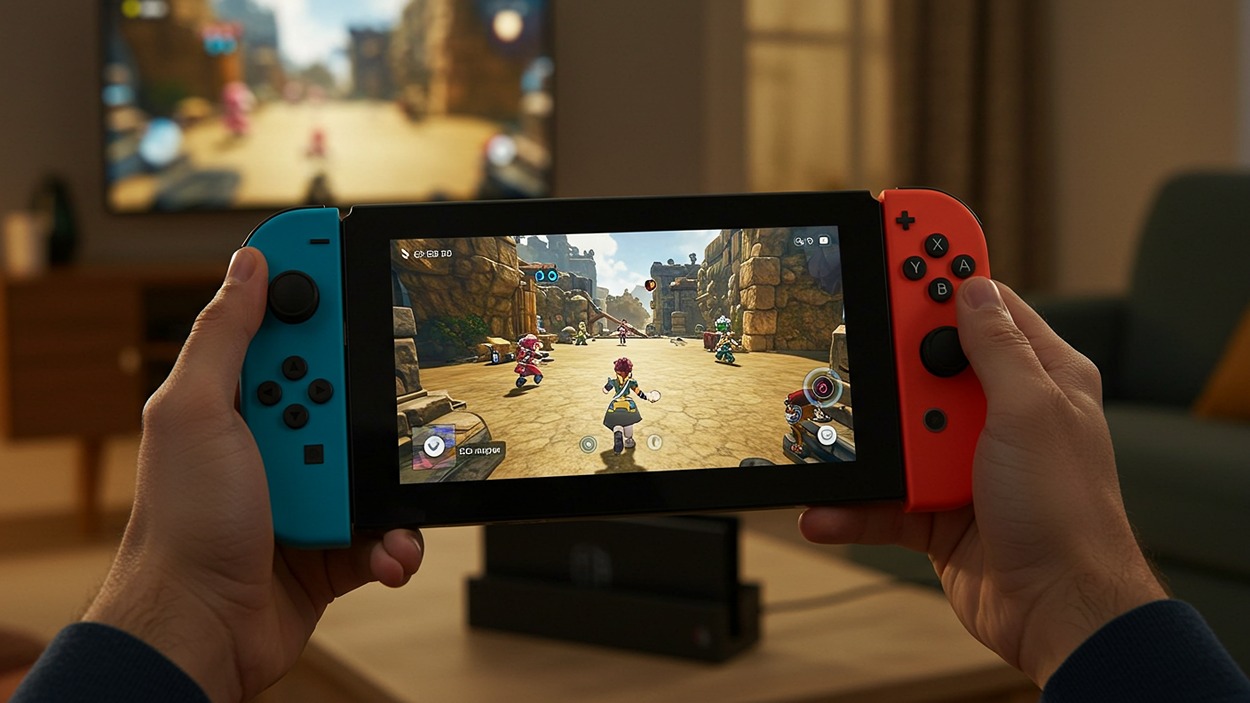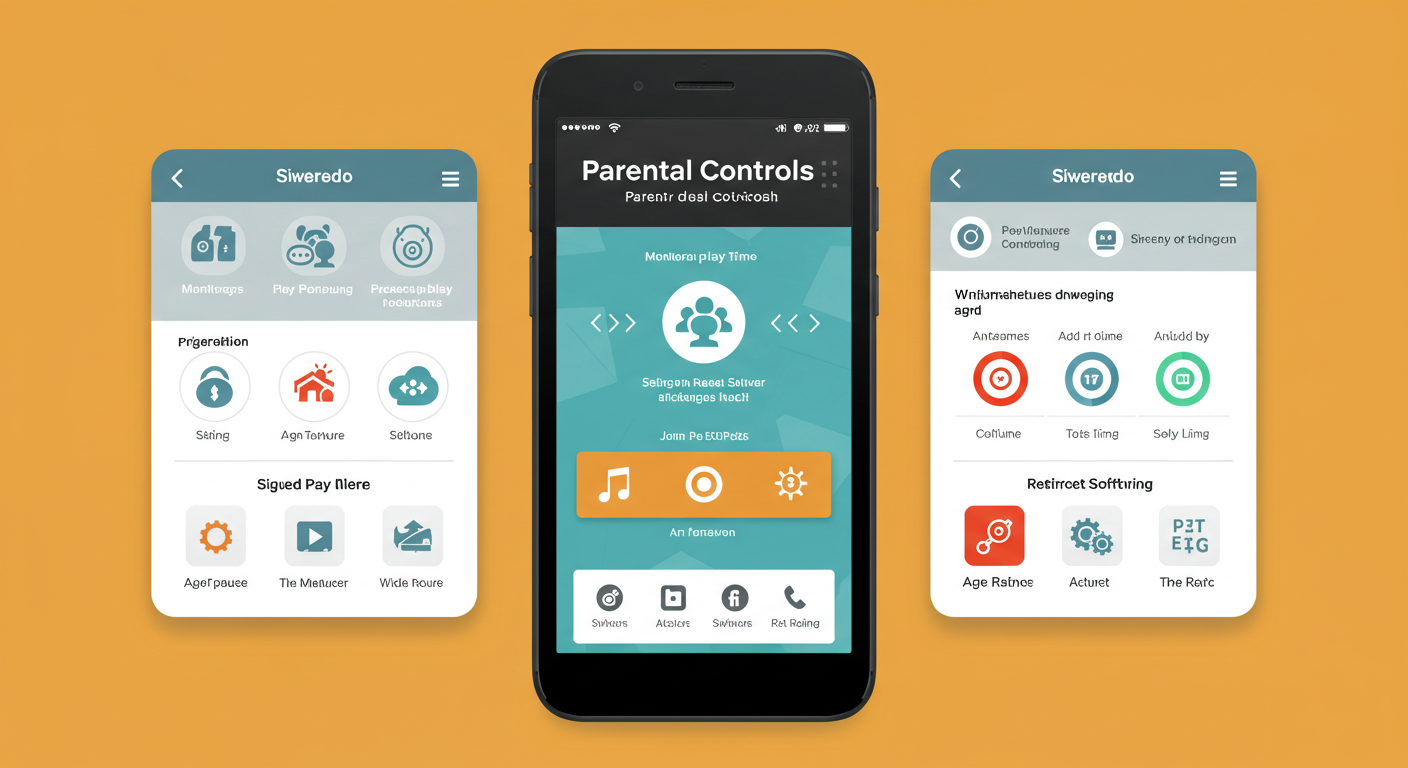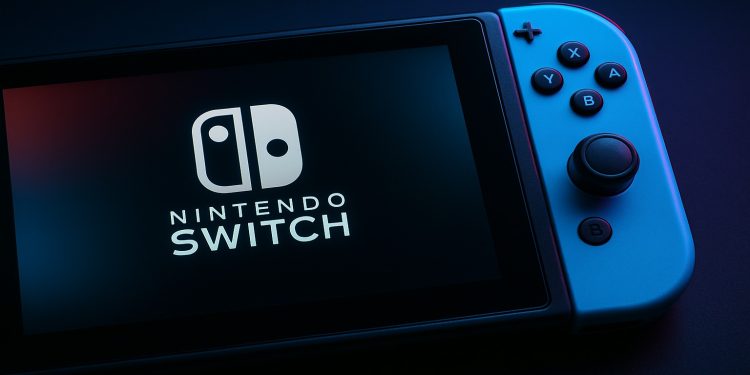Nintendo Switch: How It Achieved Gaming Dominance
In a market often focused on graphical power, the Nintendo Switch stands out by captivating a diverse audience. This article explores the core elements driving the Nintendo Switch market dominance, from its innovative hybrid design to its strategically cultivated game library and profound understanding of engaging gameplay that fosters widespread appeal.
The Hybrid Edge: A Key to Nintendo Switch Market Dominance
The Switch’s revolutionary hybrid design is perhaps the most defining factor. This contributes significantly to Nintendo Switch dominance. It seamlessly transitions from a docked home console to a portable handheld device. This remains a powerful differentiator, even years after launch. Indeed, this flexibility perfectly suits contemporary lifestyles. Families can enjoy gaming on the go. Busy individuals fit in quick sessions. Social gatherings become instantly more interactive with local multiplayer. Consequently, the “play anywhere” philosophy dramatically lowers the barrier to entry. It integrates gaming more smoothly into daily life than traditional consoles. This fundamental design choice is a cornerstone of its widespread success.

Diverse Library: Fueling Widespread Market Appeal
While Nintendo’s universally acclaimed first-party franchises—Mario, Zelda, Pokémon—are undeniable system-sellers, the Switch’s library strength extends far beyond these iconic titles. Instead, its carefully curated ecosystem genuinely caters to virtually every taste and age group. Flagship Nintendo titles prioritize accessibility, imaginative worlds, and polished gameplay, serving as ideal entry points for new players and beloved experiences for veterans.

Moreover, beyond its first-party foundations, the Switch enjoys robust support from major third-party publishers, bringing popular multi-platform games to the hybrid console. The ability to play these titles portably is a significant draw. Additionally, the Nintendo eShop has become a vibrant hub for innovative independent games. Many critically acclaimed indie titles find substantial success on the Switch, appealing to gamers seeking unique, artistic, or experimental gameplay. Thus, this comprehensive library ensures the Switch always offers compelling content for all.
Trust and Core Gamers: Securing Nintendo’s Market Position
Nintendo’s strategic approach extends to building trust. While the industry often grapples with content concerns, Nintendo positions the Switch as a family-conscious platform. Specifically, its robust, user-friendly parental controls, managed via a smartphone app, allow parents to easily set playtime limits, restrict access, and monitor activity. This empowers parents, addressing screen time concerns and making the Switch a trusted choice for households, significantly contributing to its broad appeal.

However, crucially, the Switch’s appeal extends beyond family fun. Dedicated core gamers are drawn to the allure of playing deep, complex RPGs like The Witcher 3 or challenging indie hits like Hades on the go. The platform also boasts exclusive entries in beloved franchises catering specifically to experienced players, such as Fire Emblem and Xenoblade Chronicles. Indeed, this convenience factor, coupled with a strong library of both exclusive and multi-platform titles, ensures the Switch remains a compelling option for serious gamers seeking versatility and unique experiences. This dual appeal is central to Nintendo Switch dominance.
The Strategy Behind Enduring Nintendo Switch Dominance
Ultimately, the Nintendo Switch’s enduring success stems from its refusal to compete solely on raw graphical power. Instead, it offers a unique value proposition built on unmatched versatility through its hybrid nature, unparalleled convenience, and adaptability. This flexibility, moreover, is powerfully complemented by a steady stream of exclusive content from Nintendo’s acclaimed first-party studios.
Furthermore, beyond these exclusives, the Switch boasts a curated library balancing blockbusters, engaging third-party titles, and innovative indie games. Its commitment to accessibility shines through with intuitive hardware, a user-friendly interface, and robust parental controls. Consequently, these elements, underpinned by Nintendo’s strong brand trust, make the Switch a uniquely compelling and highly competitive package. While newer consoles chase technological boundaries, the Switch has nonetheless achieved widespread Nintendo Switch dominance by prioritizing accessible, flexible, and fundamentally fun gameplay for a vast audience. Indeed, it stands as a powerful testament that innovation in form factor and strategic software curation can be just as potent as raw hardware specifications in shaping the gaming landscape.











